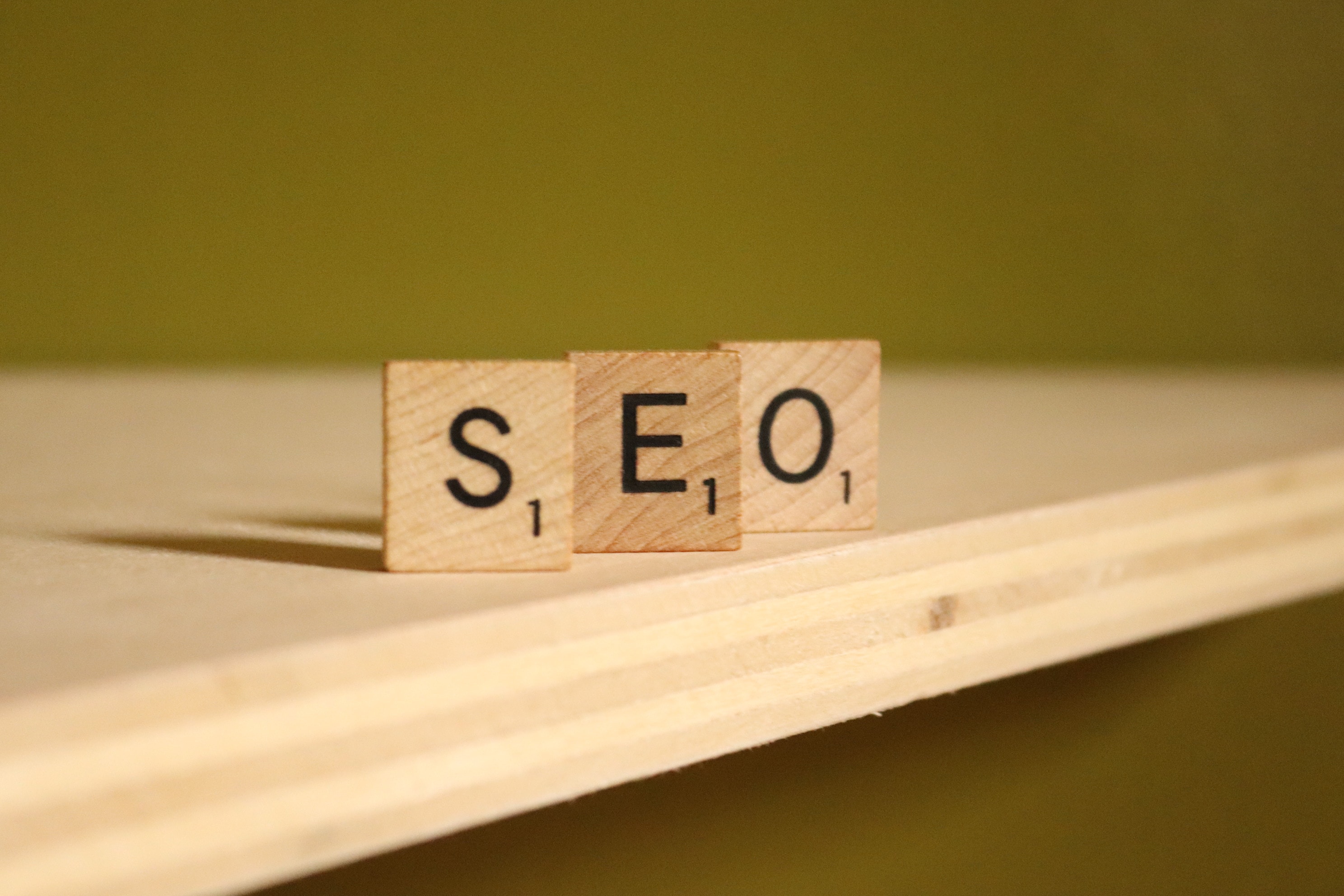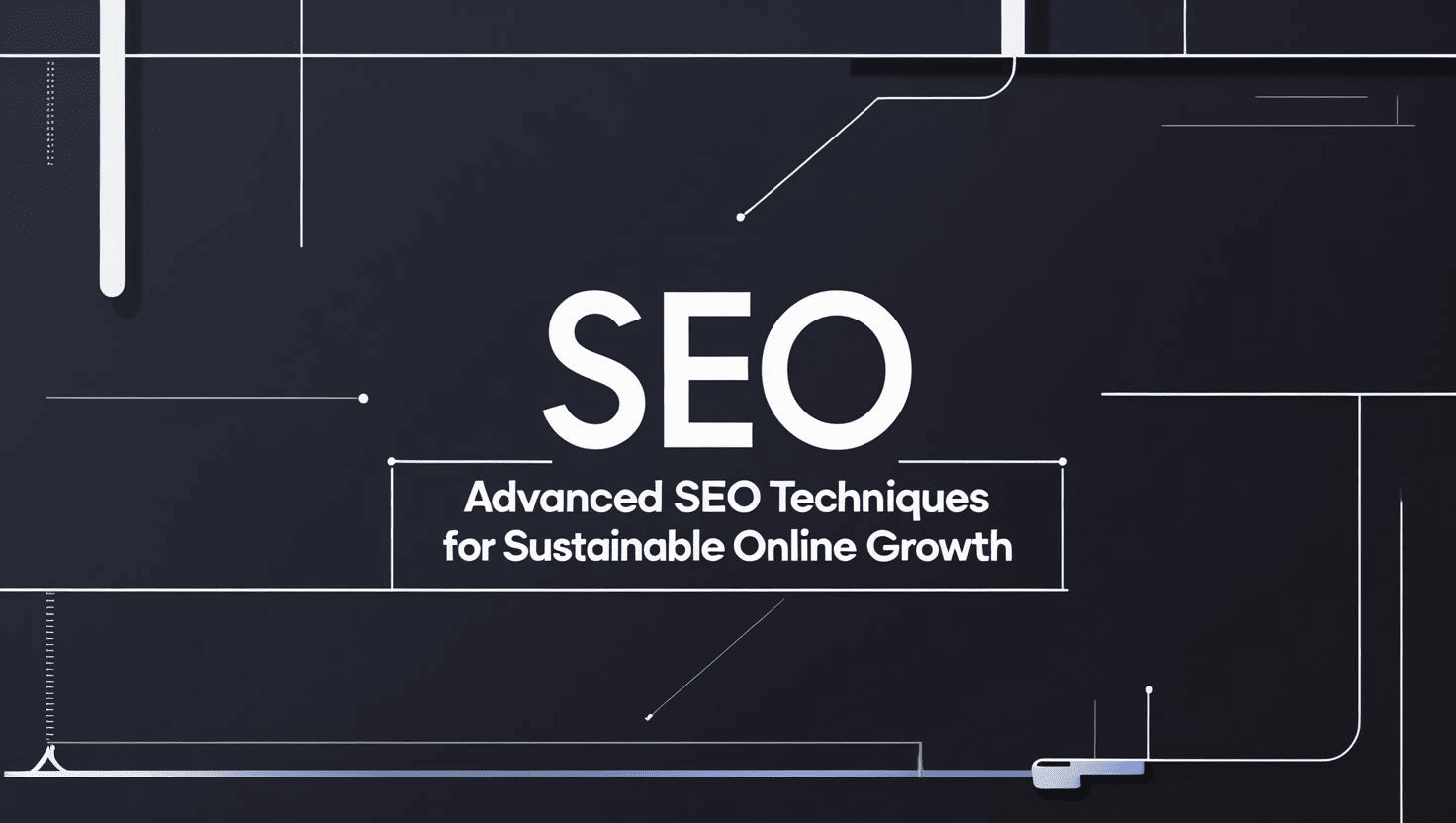
As I opened the email today, anxiety hit me. Trouble ahead. Google Search Console alerts for page indexing issues on the website.
I didn’t have any clue what it meant. I take a deep breath and decide to address it later in the day with the company’s marketing guru.
Hugo explains that the alert is about SEO (search engine optimization). Ok, nice, another acronym to store in my already overloaded brain. He explained it as a set of strategies and techniques to improve our site’s ranking in search engine results. A poor SEO strategy will result in penalties from those Search Engines - e.g. Google - hurting a site’s organic reach.
More important, is how SEO is the seed that you need to plant to grow your website or product. As he delved into the subject, I saw the relevance of the topic. In this article, I’ll explain what you need to know to make your website, product, or service grow and scale.
SEO and search intent
You need to understand what people are searching for, so you can reach a wider audience. You need to understand your target audience and their search intent.
When searching the Internet, people have a search intent, which could be of four types:
- Informational: the user is searching for an answer;
- Navigational: the user is looking for a specific website;
- Transactional: the user wants to buy something;
- Commercial Investigation: the user is looking for options for a specific need.
I won’t go into depth about it. I’ll leave it for another article. The key point is that search intent is relevant to the search results. It should influence how you build content.
Having your user’s search intent in mind, look to identify buyer’s personas. Are you developing content for programmers? Are you reviewing products for a specific type of consumer, e.g. tech-savvy? You’ll want to understand what drives those buyer personas to visit your site, and what would they be looking for.
With buyer personas and intents identified, time to research keywords using appropriate tools. We recommend Google’s Keyword Planner, Ahrefs Keyword Explorer, or Moz Keyword Explorer. You’ll want to find keywords with high search volume and with less competition. Specialists say that long tail terms, which have three or more words, are where you need to focus.
Create high-value content that targets relevant keywords with good search volume. Search engine algorithms favor this approach. But be aware that it won’t do you any good if you add keywords ad-hoc!
Keep track of your keyword rankings monthly and adjust as you see fit.
In our e-book, you’ll find actionable items to guide you through these steps.
Having covered Buyer Personas, their searching intent, and how that translates into keywords, let’s look into the technique of optimizing the content and keywords in your website, called on-page optimization.
On-page optimization
Google looks for parameters on your pages such as:
- title tags;
- meta descriptions;
- header tags;
- images alt text.
The presence of keywords on these tags will determine how relevant your page is.
Start by using the main keyword you’ve identified before in your title tag. Next, spend some time on your meta-description. It will be important for the users going through the search results.
On our website, if you right-click and choose “View page source”, you’ll be able to see a meta description tag:
<meta name=viewport content="width=device-width,initial-scale=1,maximum-scale=1">
<meta name=description content="Use our Inbound Marketing e-book to guide you through the creation of your Inbound Marketing Strategy.">
<meta name=author content="From Startup to Unicorn">
This will be the summary that will appear in the search engine results under the page’s headline. It also helps search engines understand the topic of the page.

Your rank will also benefit from adding relevant keywords in HTML header tags and images’ alt text.
What are HTML header tags?
Header tags are HTML tags used to organize your page. They rank in order of importance, from H1 to H6. It’s recommended that you use an H1 tag only for the title of a post. The H2 should be used to split between different sections, e.g., between chapters within the same blog article. Consider using header tag keywords related to the overall topic of the page. Besides improving readability, improves SEO rankings.
Here’s an example of our website blog post “Finding product-market fit”:
<h1>Finding product-market fit</h1>
<h2>Understanding Product-Market Fit</h2>
<h3>Must-Have vs. Nice-to-Have Products</h3>
<h2>Measuring Product-Market Fit</h2>
<h2>Enhancing Your Product-Market Fit</h2>
<h2>Fine-Tuning Your Product-Market Fit Strategy</h2>
<h2>Setup an Iterative Feedback Loop</h2>
<h3>Prioritize Features</h3>
<h3>Stay Agile and Adaptable</h3>
<h2>The Journey to Product-Market Fit</h2>
Notice that we don’t go beyond the H3. The use of other headings is totally up to you. Be sure that, if you use them, is to improve the reader’s experience.
Also add Structured Data Markup
Add details to your content using structured data markup. In an article, you can include information such as the headline, author, and date published. In a product, you can add a name, image, and price. Structure data provide information about a page. It also enables rich results, showing special search details that create more engagement.

Here’s an example of structured data for an article using JSON-LD:
{
"@context": "https://schema.org",
"@type": "TechArticle",
"headline": "How to Build a PC",
"description": "A step-by-step guide to building your own PC",
"datePublished": "2023-04-25",
"author": {
"@type": "Person",
"name": "John Doe"
},
"publisher": {
"@type": "Organization",
"name": "Example.com",
"logo": {
"@type": "ImageObject",
"url": "https://www.example.com/logo.png",
"width": 600,
"height": 60
}
},
"image": {
"@type": "ImageObject",
"url": "https://www.example.com/how-to-build-a-pc.jpg",
"width": 1200,
"height": 630
},
"mainEntityOfPage": {
"@type": "WebPage",
"@id": "https://www.example.com/how-to-build-a-pc"
}
}
Moz.com has a well-detailed article about it. Also, Google has extensive documentation about structured data markup.
Besides on-page optimization, there’s also work outside your website to improve its search engine ranking and visibility. It’s the off-page optimization.
Off-page optimization
Off-page optimization is all about building your website’s reputation through external factors. This includes tactics like link-building, social media marketing, and influencer outreach.
One of the most important aspects of off-page optimization is link-building. This involves getting other websites to link back to your website. As the number of backlinks grows, so does your reputation.
This can lead to higher search engine rankings and increased traffic to your website.
To increase your target audience, social media marketing is also key.
Create and share content on social media platforms. They also provide an opportunity to engage with potential customers.
Influencer outreach is another effective tactic for off-page optimization. Partner with influencers in your industry, so you can tap into their audience. Your brand will gain exposure, leading to more social media followers.
Another important factor in off-page optimization is brand mentions. When a website or a social media platform mentions your brand, it increases awareness. It also helps build your reputation as an authority in your industry.
Let’s continue our journey through SEO, into the technical aspects of your website.
Technical SEO
Technical SEO relates to the optimization of the back end of a website to improve its crawlability and indexability by search engines. It’s difference from on-page SEO — which I’ve described already — refers to optimizing the content and structure of a website to improve its relevance and user experience.
Through website optimization, you ensure that search engines index your pages effectively. This includes things like website speed, site structure, and mobile-friendliness.
A fast-loading website is critical for both user experience and SEO.
A slow website impacts your search engine ranking. Lead to a high bounce rate — the percentage of visitors entering the site and then leaving. You should cut page load times, reduce image file sizes, and enable browser caching.
The next step is to review the site structure. A well-organized one simplifies page indexation. Create a logical hierarchy of pages. Use internal links to help users and search engines navigate your website.
Mobile-friendliness is another important aspect of technical SEO. As more users access the internet on mobile, optimize your website for those devices. Use a responsive design. Polish your images and videos for hand-helds. Ensure that your website is easy to use on a smaller screen.
Through these activities you’ll be able to provider a better user experience.
Local SEO
I already referred several time to search rankings. They are essential to a good SEO strategy. You can improve them in local search results too, increasing your visibility in the community. Target keywords and phrases that are relevant to your city or neighbourhood. Add those keywords to your website’s content and metadata.
Manage your business information with Google My Business or other media platforms’ business profiles. This way, you increase your visibility in local search results, also known as “near me” searches.
“Near me” searches are location-based search queries that people use to find local products or services that are closest to them. Search Engines use the searcher’s present location to deliver results that are nearest to them..
Check which local directories are relevant, such as Yelp, TripAdvisor, and others. These citations provide backlinks to your website. This way you establish your business’s authority and credibility in your local area.
Besides these tactics, it’s also important to check customer reviews. Positive reviews improve rankings and attract more customers to your business. Encourage customers to leave reviews on relevant online platforms.
Video SEO
Is video one of your media channels? Apply some best practices for optimizing this type of content too. If you use YouTube, the following video may be interesting.
Future of SEO
Are you wondering what the future of SEO looks like? Well, let me tell you, it’s shaping up to be pretty exciting! Technologies, like artificial intelligence (AI) and natural language processing (NLP), will transform SEO.
So, what does this mean for businesses and website owners? In short, it means that SEO strategies will need to evolve to keep up with these changes. Targeting keywords will no longer be relevant, or so they say, but it seems that search engines will work more with search intent and synonyms of the intent, than the actual keyword typed.
The ability to better understand the intent behind search queries will have a big impact. Search engines will be able to analyze the context and meaning of a query. Users will have more accurate and relevant results. Businesses will need to focus on content that matches user intent.
Another trend to keep an eye on is the increasing importance of voice search. In the United States, the installed base of smart speakers grew from 66.4 million units in 2018 to 157.4 million units in 2022 [1]. As such, more and more searches are being conducted using natural language queries. This requires a focus on optimizing for conversational queries and long-tail keywords. Providing content in a format that is digestible by voice assistants, will also be key.
Integration of machine learning (ML) and predictive analytics is also an emerging trend. ML algorithms can analyze user behavior on a website. They can information to business owners and marketers about how customers search.
AI and machine learning will impact every aspect of SEO, from optimization to link building. At the speed we’ve been seeing innovations evolving — like Generative AIs — we’ll see new opportunities for businesses to improve their search engine rankings and drive more traffic and conversions.
In conclusion, I hope this article has provided with an overview on what is SEO and how can you use it to reach a wider audience and scale your business, as it has helped me!
[1] Statista, Smart speakers - Statistics & Facts — https://www.statista.com/topics/4748/smart-speakers/#topicOverview
Share now :


